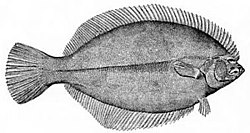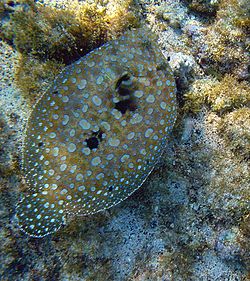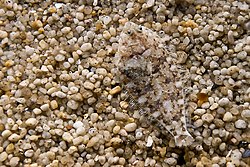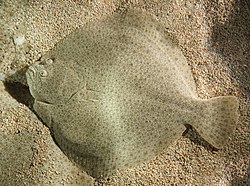This article needs additional citations for verification .(February 2012) |


Bahía de la Chiva, at Hawaii
Flounders are a group of flatfish species. They are demersal fish, found at the bottom of oceans around the world; some species will also enter estuaries.







